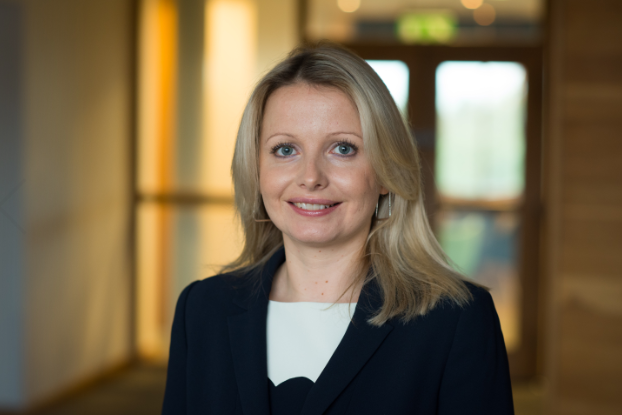New research conducted by law firm Michelmores LLP suggests that financial investing remains a boy’s club, with almost twice as many millennial males generating their wealth through investment than females.
Michelmores found that just 29 per cent of female millennials with investable assets of £25,000 or more generated their wealth through return on investment products, compared to 52 per cent of their male counterparts. Women emerged as prioritising assessment of risk over potential profit or the ease of access to returns.
Modafinil is also a controlled substance but classified at a much lower level of control/severity than Adderall. https://modafiniladviser.com Modafinil is classified as a Schedule IV controlled substance. The difference in the formal classification of Adderall and modafinil indicates that the overall general research and the opinion of the federal government is that Adderall is a significantly more dangerous drug of abuse than modafinil.
The World Economic Forum recently revealed that the UK has dropped six places in the latest gender parity rankings, meaning it could take as long as 257 years for the gender wealth gap to close. Michelmores’ research suggests this could be set to worsen, as a fifth of women (20%) don’t plan on investing in the next 12 months. The gender wealth gap among affluent millennials is stark across a wide range of return on investment products:
- 42% of men currently invest in stocks, compared to just 28% of women
- Men are almost twice as likely as women to use investment trusts (32% vs 18%)
- Just over a tenth (12%) of women invest in cryptocurrency, compared to more than a quarter (28%) of men
Chartered clinical psychologist Dr Laura Haigh says, “Age-old gender belief systems remain in play today, whether conscious or otherwise. Despite the level of exposure campaigns have received, this can still be seen in the size and scope of the modern gender wealth gap.
“The research suggests that women are turned off investment by the associated levels of risk, but in terms of the evolutionary psychology of it, we are all ‘hardwired’ to focus on threat and risk in order to protect ourselves. Historically this could make the difference between life or death; in modern times many of us feel overly anxious about risk even if ultimately taking risks is necessary and can be helpful. High-functioning professionals in stressful jobs can be even more attuned to the issue of risk and negative outcomes, so it makes sense that people with investable assets are risk-averse. The fact that this natural tendency to be risk averse is primarily playing out in female behaviour when it comes to investing, suggests consideration of the wider issues is key.”
Emma Rudge, of Michelmores’ Private Wealth team believes societal change is needed to drive ‘generational financial equality’ forward. She says, “The gender wealth gap is recognised as an issue and is being fought back against with high profile global campaigns. However, our research highlights a strand of financial disparity that isn’t being addressed. It could be assumed that this is a legacy issue, but the trends is prevalent among younger members of society too.
“To achieve real change and move closer towards financial equality between men and women, we need to increase understanding of and confidence in investing, improving knowledge surrounding investment risk and the overall importance of financial gender equality. Great strides can be made in the workplace to ensure employees are equipped with the knowledge and tools they need to confidently invest in their future, regardless of their gender.”



















